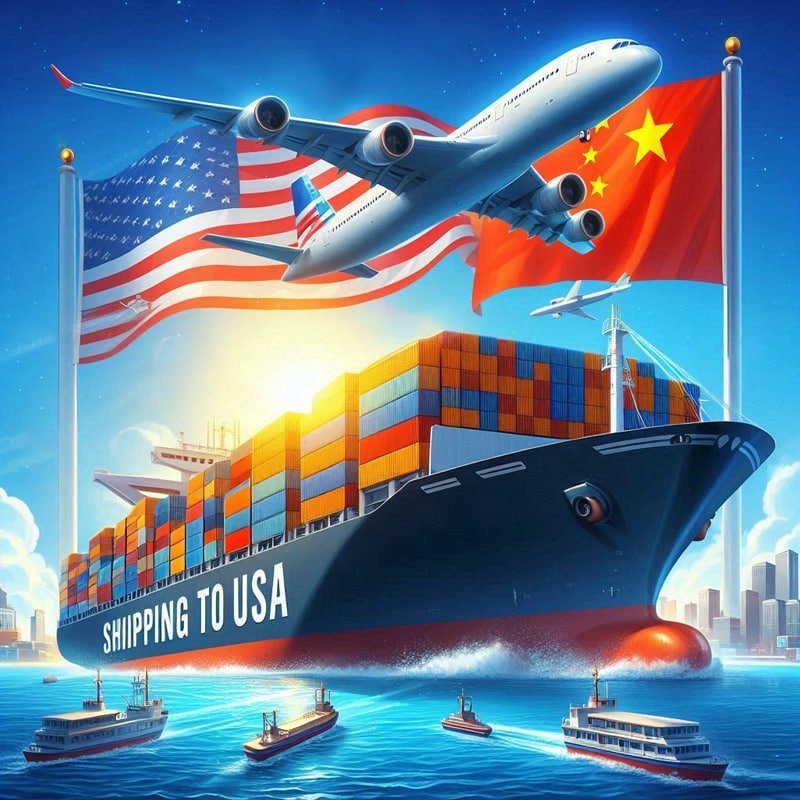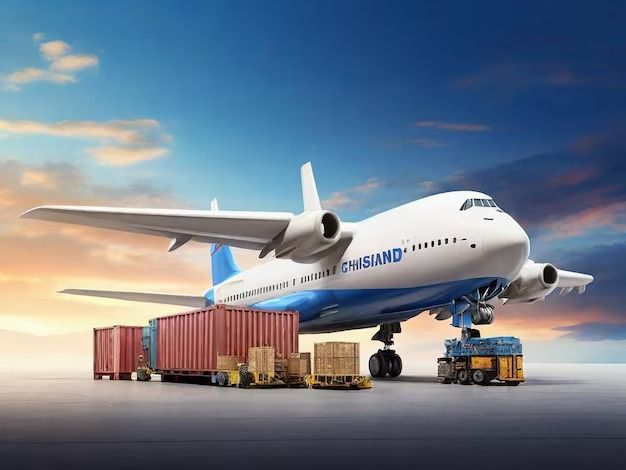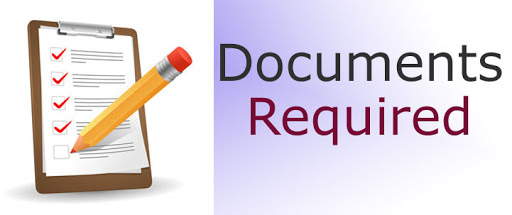- By TOP CHINA FREIGHT
- September 8, 2025
- Shipping
Table of Contents
Businesses seeking efficiency often look for the best shipping rates from China to US while ensuring timely delivery and smooth customs clearance. Shipping from China to the US can be complex, with costs varying widely based on method, cargo size, and urgency. This guide explains methods, pricing strategies, and actionable tips to optimize costs and streamline international shipping.

What Are the Main Shipping Methods from China to the US?
| Shipping Method | Typical Cost | Transit Time | Pros | Cons |
|---|---|---|---|---|
| Sea Freight FCL (20ft) | $2,500–$3,000 | 20–30 days | Full container, secure | Higher upfront cost |
| Sea Freight FCL (40ft) | $4,000–$4,800 | 20–30 days | Lower per-unit cost | Requires larger shipment |
| Sea Freight LCL | $150–$200 per m³ | 25–35 days | Cost-efficient for small shipments | Longer consolidation time |
| Air Freight | $6–$10 per kg | 3–7 days | Fast delivery | Expensive for bulky shipments |
Tip:
Companies with time-sensitive goods often combine sea and air freight to balance speed and cost.
How Much Does Sea Freight from China to the US Cost?

Sea freight remains the most cost-effective option for bulk cargo. Costs depend on container type, route, and seasonal fluctuations.
| Container Type | Estimated Price | Typical Volume | Notes |
|---|---|---|---|
| 20ft FCL | $2,500–$3,000 | 28–30 m³ | Ideal for medium shipments |
| 40ft FCL | $4,000–$4,800 | 55–60 m³ | Economical per cubic meter |
| 40ft HC | $4,200–$5,000 | 68–70 m³ | Extra height for bulky goods |
| LCL (per m³) | $150–$200 | 1–27 m³ | Consolidated shipments |
Additional Costs:
Port fees, customs duties, and handling charges can add 10–15% to total costs. Planning ahead reduces unexpected charges.
How Much Does Air Freight from China to the US Cost?

Air freight is faster but more expensive, best for small shipments or urgent deliveries. Prices fluctuate based on weight, volume, and airport destinations.
| Service Type | Typical Cost | Transit Time | Notes |
|---|---|---|---|
| Express Air | $8–$12 per kg | 2–4 days | Fastest delivery, priority clearance |
| Standard Air | $6–$10 per kg | 3–7 days | Economical for lighter cargo |
| Courier Services | $12–$20 per kg | 1–3 days | Door-to-door, ideal for samples |
Tip:
Air freight is suitable for electronics, perishable goods, or high-value items. To save costs, consolidate shipments whenever possible.
How Can You Get the Best Shipping Rates from China to US?
Check quotes from several providers to identify the most competitive rates
Avoid underloading a 40ft container or paying LCL rates for large shipments
Shipping during peak seasons (e.g., Q4) can cost 20–30% more. Early booking locks in lower rates
Combine multiple small orders to benefit from FCL pricing
Regular clients can receive discounted rates from shipping lines
Why Does Transit Time Vary for Shipments from China to the US?
Transit time is influenced by distance, route, customs procedures, and shipping method.
| Port Pair | Shipping Method | Typical Transit Time |
|---|---|---|
| Shanghai – Los Angeles | Sea FCL | 18–22 days |
| Ningbo – New York | Sea FCL | 28–32 days |
| Shenzhen – Chicago | Rail + Truck | 15–20 days |
| Guangzhou – Miami | Air Freight | 3–7 days |
Tip:
Using major ports with direct connections reduces transit delays and lowers overall shipping costs.
What Documents Are Required for Shipping from China to the US?

| Document | Purpose | Notes |
|---|---|---|
| Commercial Invoice | Details goods, value, and seller | Required for customs |
| Packing List | Describes cargo packaging | Helps inspection & verification |
| Bill of Lading / Airway Bill | Proof of shipment | Legal transport document |
| Certificate of Origin | Confirms origin | Needed for duty exemptions |
| Import License (if applicable) | Required for restricted goods | Check US customs regulations |
Tip:
Work with a freight forwarder to prepare all paperwork accurately and reduce delays.
Case Study: Reducing Costs for a US Electronics Importer

Scenario: A US importer needed to ship 40ft of electronics from Shenzhen to Los Angeles.
Solution:
- Used FCL instead of LCL to reduce per-unit cost
- Pre-booked during non-peak season
- Consolidated shipments with other clients
Outcome:
- 15% lower shipping cost than standard LCL
- Delivery in 21 days
- Minimal customs delays
Pros and Cons of Sea, Air, and Rail Shipping from China to US
| Method | Pros | Cons |
|---|---|---|
| Sea Freight | Cost-effective for large shipments, flexible container sizes | Slower, port congestion possible |
| Air Freight | Fastest, priority customs clearance | Expensive, limited capacity for bulky items |
Tips for Optimizing Shipping Costs
- Use standard container sizes to avoid surcharges
- Label accurately with HS codes and weight/volume
- Monitor fuel surcharges and seasonal pricing trends
- Plan shipments strategically to avoid peak seasons
- Consider insurance for high-value goods
Conclusion
Shipping from China to the US requires careful planning to balance cost, speed, and reliability. By understanding shipping methods, transit times, container options, and documentation requirements, businesses can secure the best shipping rates from China to US while minimizing delays and additional charges. Proactive strategies, such as consolidating shipments, booking in advance, and working with experienced freight forwarders, ensure efficiency and cost savings.
Need a Shipping Quote?
If you want expert guidance and peace of mind, our team is ready to assist.
TJ China Freight offers tailored solutions to help businesses of all sizes ship more reliably from China.

FAQs
Q1:How can I reduce shipping costs from China to the US?
Compare multiple freight forwarders, consolidate shipments, and negotiate long-term contracts to lower shipping costs effectively.
Q2:Do I need insurance for shipments from China to the US?
Yes, cargo insurance protects goods against damage, theft, or loss during transit, ensuring peace of mind.
Q3:Can small businesses afford sea freight from China?
Yes, LCL shipping allows smaller volumes to share a container, making sea freight accessible and cost-efficient.
Q4:How do customs duties affect shipping costs?
Duties are calculated based on HS codes and declared value; accurate documentation ensures minimal additional charges.
Q5:Are there peak seasons for shipping from China?
Yes, Q4 (August–December) is high-demand. Booking early or off-peak reduces costs and transit delays.
